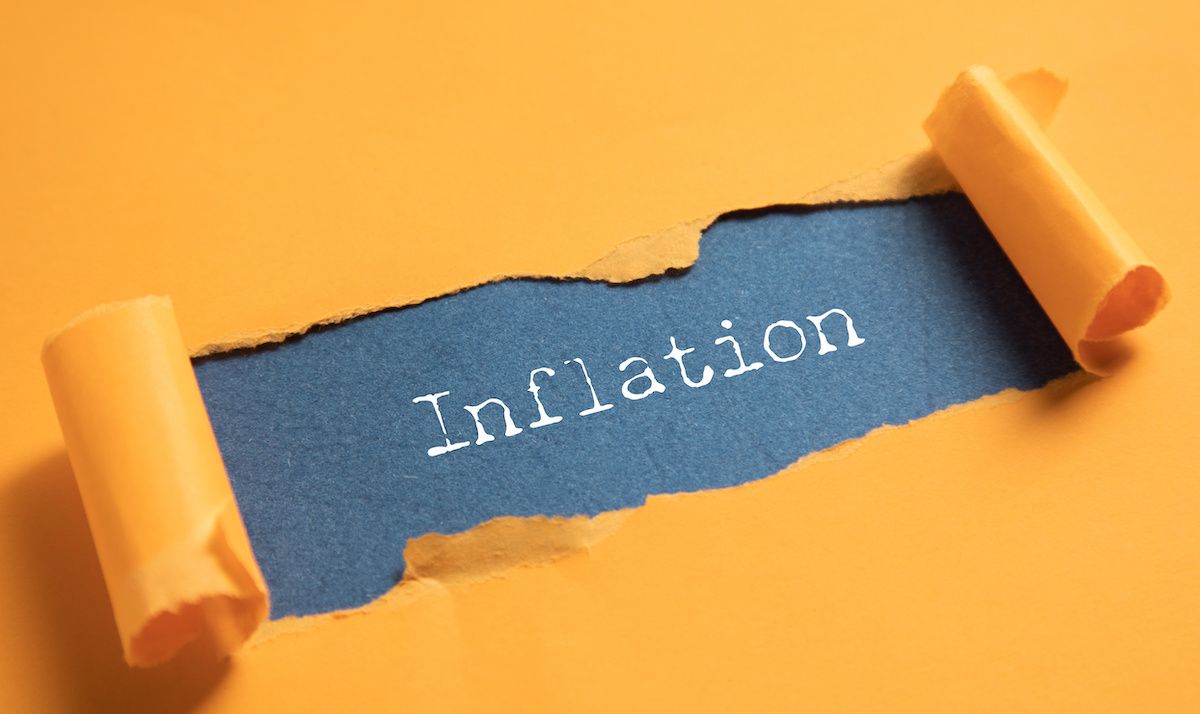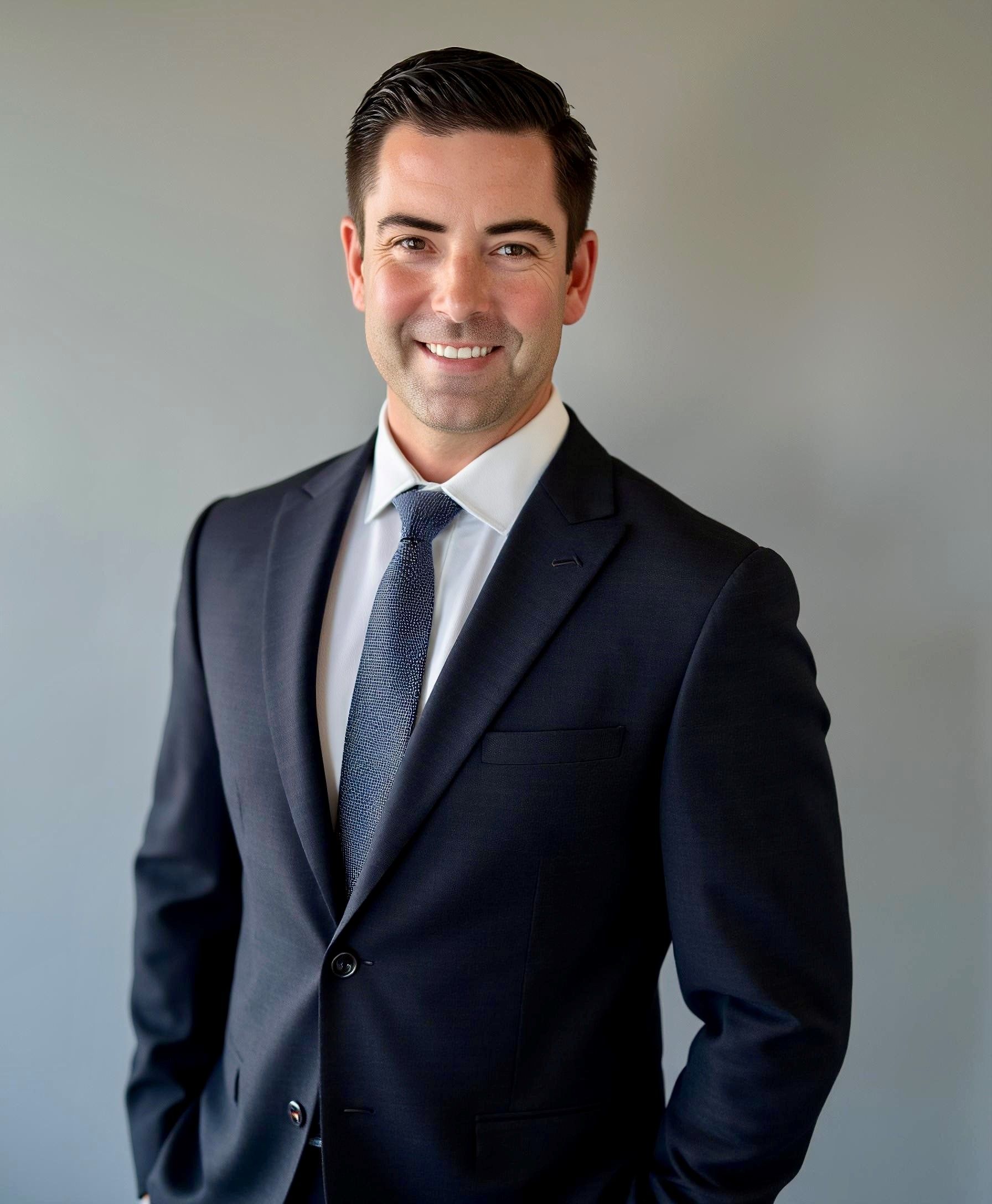News
Article
Health care in the mix as inflation rises in August
Author(s):
Lawmakers blame opponents’ economic policies for effects on families.
© Tiko - stock.adobe.com

Health care prices generally were flat in August, but gasoline contributed to a 0.6% increase in inflation.
Prices at the gas pumps accounted for more than half the monthly increase, which followed a July inflation rate of 0.2%, according to the latest figures published Sept. 13 by the U.S. Bureau of Labor Statistics (BLS). Overall energy costs rose 5.6% for the month and shelter costs increased for the 40th consecutive month, according to BLS.
For all items, the consumer price index was up 3.7% from August 2022 to last month, edging past the 3.2% increase for the 12 months ending in July. Not counting food or energy, prices for other items were up 4.3% for the last 12 months. Food prices were up 4.3%, while overall energy prices dipped 3.6% over the last year, according to BLS.
Medical care was one of the indicators that posted price increases in August, along with rent, car insurance, and personal care. Prices for lodging away from home, used cars and trucks, and recreation were among those that decreased.
Within health care, medical services overall were up 0.2% for the month, but down 2.1% year-on-year. Physicians’ services prices rose 0.1% for the month and 0.3% from August 2022.
Dental service prices rose 1.6% for the month and 5.3% over the last 12 months, while eyeglasses and eye care costs rose 0.9% from July to August and 3.4% over last year.
Services by other health professionals saw prices drop 0.8% for the month, but increase 0.1% from August 2022.
Hospital services rose by 0.7% from July to August, and 3% from August last year, based on the BLS figures.
Health insurance costs decreased 3.6% for the month, and were down 33.6% from August 2022. It was one of the largest variations year-to-year in the report, but BLS did not explain what is driving costs for health insurance.
For medical care commodities, prescription drug prices were up 0.4% from July to August, and up 2.8% from August 2022. Nonprescription drug costs increased 1.1% for the month and 7.5% in the last year. Medical equipment and supply prices were 0.1% down for the month, but 8% higher than last year.
Regarding health care services and supplies, dental services figures are seasonally adjusted, but the other figures were not, according to BLS.
Leaders in Washington, D.C., split over exactly how the price changes are affecting people and the economy.
President Joe Biden’s statement said unemployment has remained below 4% for 19 months in a row and real wages are higher now than they were before the COVID-19 pandemic.
“Overall inflation has also fallen substantially over the last year, but I know last month’s increase in gas prices put a strain on family budgets,” the president said. “That’s why I remain laser-focused on cutting energy costs, including by investing in clean energy to bolster our energy security.”
The president digged at Republicans pushing for tax cuts for the wealthy and large corporations while cutting programs that working people count on. Rep. Jason Smith, R-Missouri, chairman of the House Ways & Means Committee, claimed Democrats are offering “welfare for the wealthy and well-connected, like a $7,500 tax credit for families making over six figures to buy a luxury electric car.”
“Instead of looking for new ways to raise taxes on working families and increase spending on his far left priorities, President Biden should be focused instead on returning us to the Trump economy of low prices and high wage growth,” Smith said. He touted Republicans’ American Families and Jobs Act as a way to help working families and small businesses, while gaining a competitive edge over China.
Newsletter
Stay informed and empowered with Medical Economics enewsletter, delivering expert insights, financial strategies, practice management tips and technology trends — tailored for today’s physicians.





